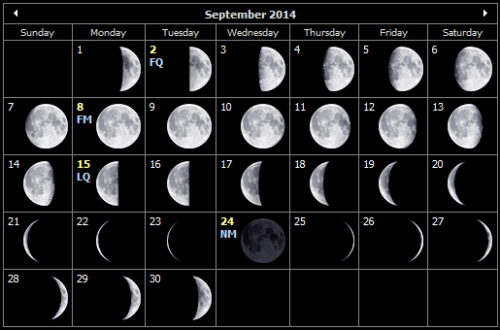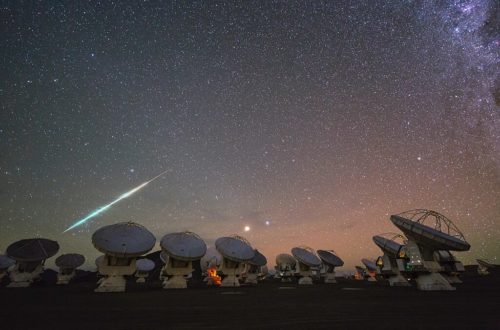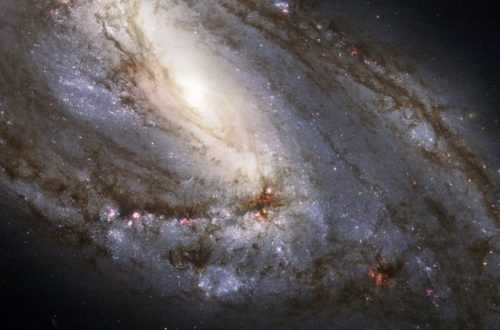TESS Space Telescope Discovers First Exoplanet

The TESS space telescope was launched on April 18, 2018, sitting atop a Space X Falcon 9 rocket. This telescope, which is short for the Transiting Exoplanet Survey Satellite, is designed to scan the night sky in search of one thing — exoplanets, or potentially habitable planets outside of our solar system. This satellite has finally discovered its first exoplanet — LHS3844 b, otherwise known as Pi Mensae c.
A “Super Earth”
This new exoplanet orbits a sun that is is only slightly larger than our home star. Astronomers have already spotted a massive gas giant orbiting that star — one that is nearly 10 times the mass of Jupiter. This new exoplanet and it’s home star are only about 60 light years away from Earth. It’s close enough you can actually see the start with the naked eye if you know where to look.
It might sound promising, but the planet is too close to its home star to support any life — at least life as we know it. Plus, it orbits the star so fast that its entire year — or rather, its entire orbit — takes a little more than six days.
This discovery is anticipated to be the first of many — TESS scientists are expecting to find more than 20,000 new exoplanets during its two-year mission. How does one single satellite have any chance of finding so many new exoplanets?
Introducing TESS
The Transiting Exoplanet Survey Satellite (TESS) is designed to take detailed pictures of the sky. Rather than trying to make sense of the entire sky or horizon in one image, TESS works by breaking the job up into smaller chunks. It’s designed to map the southern sky during its first year in orbit and the northern sky during its second year. Whether the project will continue after the second year is anyone’s guess — scientists might have more than enough exoplanets to study by then.
It finds these exoplanets by monitoring the brightness of nearby stars — in a cosmic sense, that is. By watching the stars, it can detect if a planet passes between the star and the satellite. The brightness will drop, and a planet will be discovered. From there, the researchers behind the TESS telescope can determine what kind of planet it is, where it sits in its orbit around its home star and many other things.
TESS is just the first of many exoplanet detectors in the works. The European Space Agency is expected to launch the CHEOPS, Characterizing Exoplanets Satellite, later in 2018, and NASA is also planning to launch the WFIRST (Wide Field Infrared Survey Telescope) sometime in 2020. These two telescopes are designed to categorize the exoplanets that TESS detects, so they will be able to do some of the legwork currently in the hands of scientists and astronomers.
These exoplanet searching programs have even found a planet in the solar system that, in the Star Trek universe, was home to the Vulcan homeworld. The University of Florida’s Dharma Planet Survey is responsible for this awesome little find. The triple-star system known as 40 Eridani is home to a planet that could potentially support life or have liquid water on its surface.
While none of these exoplanets are within reach quite yet — most of them are dozens or even hundreds of light years from the little blue dot we call home — that doesn’t mean we shouldn’t be searching for them. In 5 billion years when our sun dies and we can no longer live here, the human race will need a new home. One of these exoplanets we’ll find in the next two years might just fit that bill.
Would you like to receive similar articles by email?





